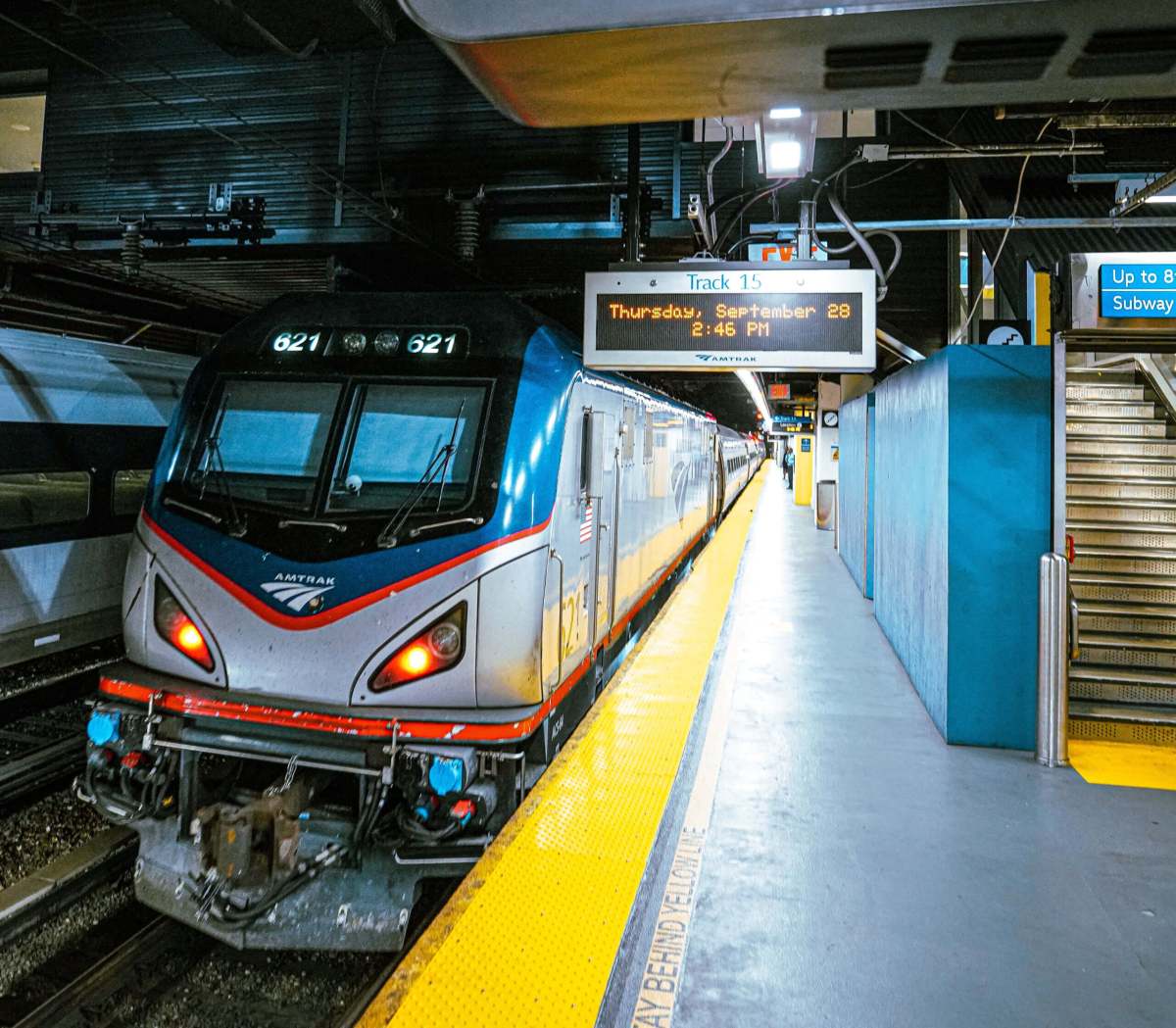St. John’s Terminal on Manhattan’s West Side is an immense, two-block-long structure that once served as the freight distribution center for the elevated High Line before it became the popular park it is today. In fact, the original railroad tracks that once held up to 227 train cars can still be seen.
In the future, however, the massive St. John’s Terminal at 550 Washington Street is getting a complete overhaul into a 1.3-million-square-foot commercial office space.
“We felt a tremendous responsibility to re-imagine St. John’s Terminal in an authentic yet modern way,” said Dean Shapiro of developer Oxford Properties. “St. John’s Terminal has a long history as a hub of innovation and productivity. Its unique form allows us to create workspaces that reduce the friction of expansion and change over time, so tenants can focus on productivity. Our intent is to return the building to a place of prominence for the next generation of New York’s economy.”
RELATED: 5 Manhattan West goes from eyesore to eye candy
St. John’s Terminal work begins this winter

CookFox Architects, the firm behind 260 Kent Ave. at the former Domino Sugar refinery site in Williamsburg, created the plan for the innovative reimagining of the St. John’s Terminal campus. Plans include highlighting the aforementioned original railbeds, offering various outdoor retreats such as a greenscaped rooftop and terraces that overlook the Hudson River.
Phase I of work begins this winter with the demolition of the overpass that covers Houston Street at the north side of St. John’s Terminal to expose the original train tracks — and connect the waterfront and Hudson River Park to residents and visitors alike.
“St. John’s Terminal once formed the end of The High Line and our design will preserve the history and authenticity of this important piece of rail infrastructure that once connected the world to New York City,” said Rick Cook of CookFox.
Oxford said it is in talks with several interested tenants for St. John’s Terminal, but did not disclose any further information. The company expects occupancy to begin in 2022.

























